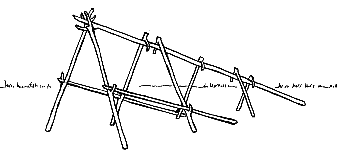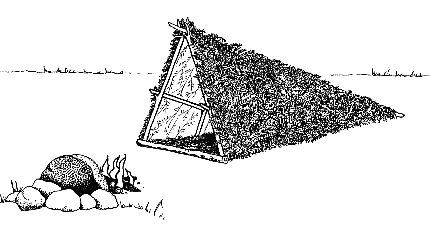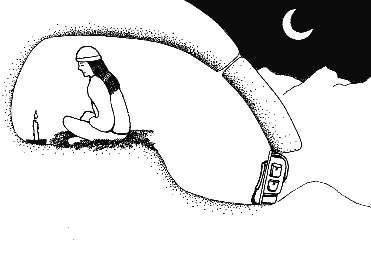Fear - For anyone faced with a wilderness emergency survival situation, fear is a normal reaction. Unless an emergency situation has been anticipated, fear is generally followed by panic then pain, cold, thirst, hunger, fatigue, boredom and loneliness. It is extremely important to calmly assess the situation and not allow these seven enemies to interfere with your survival.
Pain - Pain may often be ignored in a panic situation. Remember to deal with injuries immediately before they become even more serious.
Cold - Cold lowers the ability to think, numbing the body and reducing the will to survive. Never allow yourself to stop moving or to fall asleep unless adequately sheltered.
Thirst - Dehydration is a common enemy in an emergency situation and must not be ignored. It can dull your mind, causing you to overlook important survival information.
Hunger - Hunger is dangerous but seldom deadly. It may reduce your ability to think logically and increase your susceptibility to the effects of cold, pain and fear.
Fatigue - Fatigue is unavoidable in any situation so it is best to keep in mind that it can and will lower your mental ability. Remember that in an emergency situation this is often the bodies way of escaping a difficult situation.
Boredom & Loneliness - These enemies are quite often unanticipated and may lower the mind's ability to deal with the situation.










